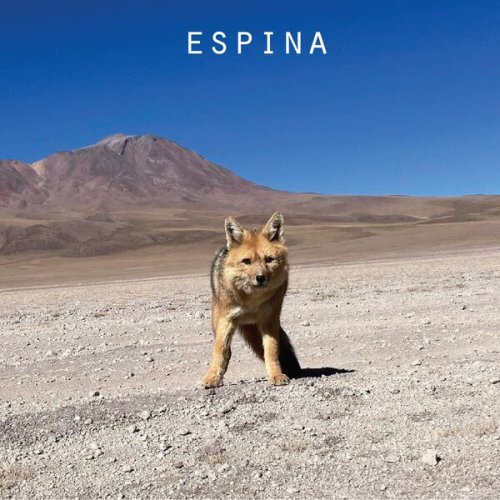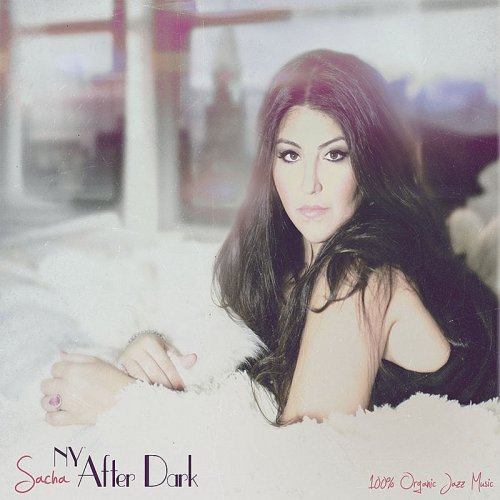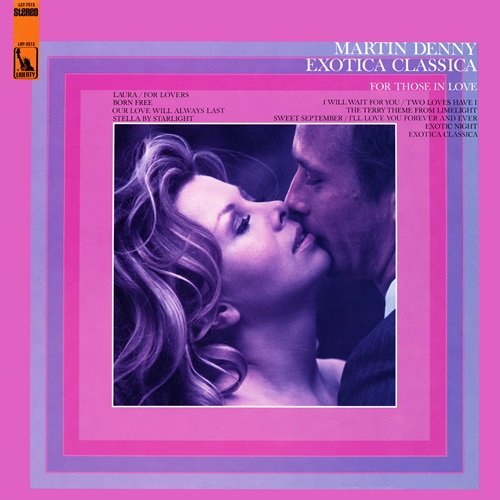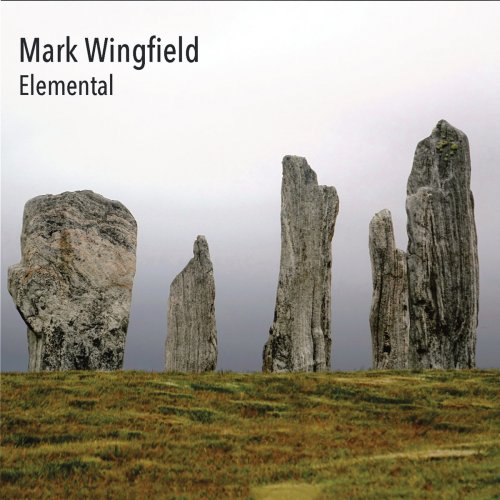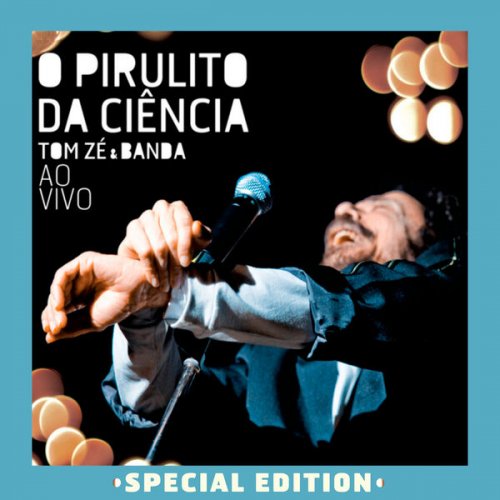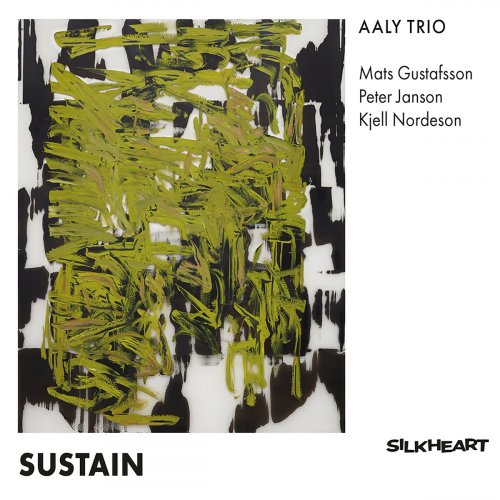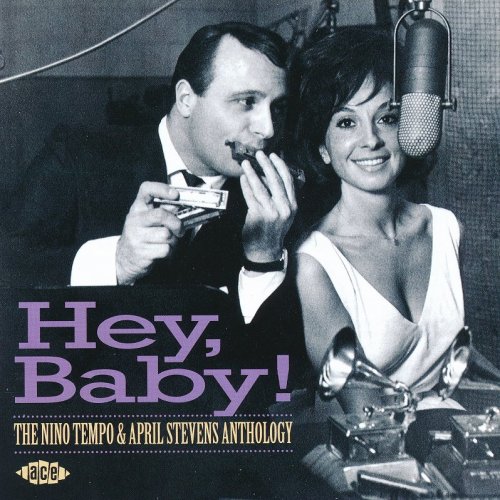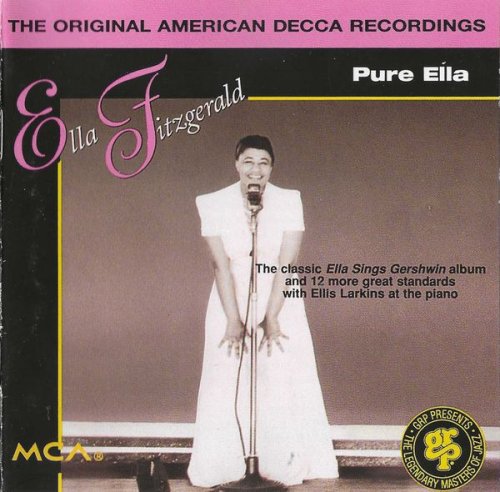RAHA Duo - Swirl (2024)
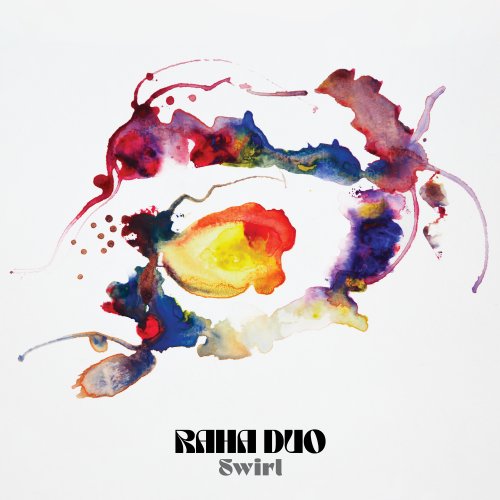
Artist: RAHA Duo
Title: Swirl
Year Of Release: 2024
Label: New Focus Recordings
Genre: Classical
Quality: FLAC (tracks+booklet)
Total Time: 47:25 min
Total Size: 181 MB
WebSite: Album Preview
Tracklist:Title: Swirl
Year Of Release: 2024
Label: New Focus Recordings
Genre: Classical
Quality: FLAC (tracks+booklet)
Total Time: 47:25 min
Total Size: 181 MB
WebSite: Album Preview
01. Scenes from ShadowBang: I. Dalem and Sangut
02. Scenes from ShadowBang: II. Fragrant Forest
03. {plithe
04. The Sleepers
05. The Stone & the Milkweed
06. Swirl
07. Dept. of Levitation Studies
RAHA Duo (Amelia Hollander Ames, viola and Elaine Rombola Aveni, piano) release Swirl, a collection of new works for viola and piano by composers with strong links to Boston, where the duo is based. Featuring works by Curtis Hughes, Jonathan Bailey Holland, Emily Koh, Evan Ziporyn, Matthew Aucoin, and Marti Epstein, and joined by guests cellist Jing Li, hornist Hazel Dean Davis, and narrator Steve Davis, the duo has assembled an engaging and approachable snapshot of contemporary chamber music in one of the most active new music cities in the US.
RAHA Duo’s debut album features six premiere recordings of works for viola and piano, with guest musicians joining on two pieces. Theatrical music plays an important role in three of the six, with two works that are adapted from original theatre contexts (a puppet opera and a human opera) and one which sets a poem with narration. The three works of absolute music balance out the program with diverse approaches to the fruitful possibilities available in this instrumentation.
Evan Ziporyn’s puppet opera ShadowBang was composed in 2001 for amplified sextet and Balinese puppet master, in line with the traditional Indonesian genre of wayang kulit. Two of the lyrical movements are heard in transcription here. The first, “Dalem & Sangut”, depicts common figures in Balinese theatre who display both comic and wise characteristics; this dichotomy is reflected in the alternation between vigorous and reflective qualities in the music. “Fragrant Forest” opens with a jaunty, modal viola solo and settled into a lilting harmonized melody primarily in rhythmic unison between the two instruments. Throughout, Ziporyn’s music preserves an innocent storytelling character, conjuring the unfolding puppet drama.
Emily Koh’s {plithe for viola and toy piano opens on a stuttering, nearly imperceptible repeated viola pitch which gradually gains intensity. When the toy piano joins the viola, Koh continues to focus on the tactile mechanism of sound production on both instruments. Gestures that initially call the listener’s attention to the physicality of the instruments increase in density, punctuating arrivals that mark a shift to a new central pitch.
Like the Ziporyn, this excerpt from Matthew Aucoin’s The Sleepers is an arrangement of music from an opera. Delicate arpeggios in the piano establish the context for the rhapsodic material entering in the viola. As the short work intensifies, the keyboard part becomes equally impassioned, driving towards a climax before a reflective coda.
Jonathan Bailey Holland’s The Stone & the Milkweed for horn, viola, piano, and narrator sets a Richard Wilbur poem that describes a meadow from two perspectives, one of the stone and the other of the weed. Bailey Holland arranges the setting such that the narration usually is heard alone or with spare accompaniment, with the instrumental trio setting the scene and subsequently commenting on each new fragment of text. The music elegantly captures the living universe within the microcosm of the meadow, subtly painting text excerpts that suggest musical analogues, such as “the great wind”, “as casual as cow dung”, or “why should I move.”
Marti Epstein’s expansive, meditative music establishes fields of sonority, exploring the corners and intersections that open up within them. Swirl for viola, cello, and piano opens with a circular gesture that ascends into the highest register of each instrument. The piece subsequently zeroes in on fragmentary material and examines its properties from different angles. Repetition with subtle variation and expressive silence play an important role in Epstein’s music, with the forward direction of the work always balancing itself with sonic memories of material just heard. A striking tremolo section in all three instruments at the work’s midpoint shatters its iridescent surface.
In composing Dept. of Levitation Studies, Curtis Hughes took inspiration from works already in RAHA Duo’s repertoire. The piece opens with a vigorous solo viola passage featuring taut double stops and inquisitive single note bursts. Imported into the piano part, the bursts soften and become wave-like gestures, while the viola hovers above with airy harmonics. A driving rhythmic motif on cluster chords emerges near the work’s three minute mark, over which the viola plays a disjunct figure that culminates in a sustained tremolo. The instruments chase each, canon-like, around slinking passagework, eventually careening into a second viola solo, this time more spacious and embellished by trills, timbral contrasts, and poignant silences. The transition gives way to an inward closing to the work, as it finishes with an ephemeral ascending gesture in both instruments.
- Dan Lippel
RAHA Duo’s debut album features six premiere recordings of works for viola and piano, with guest musicians joining on two pieces. Theatrical music plays an important role in three of the six, with two works that are adapted from original theatre contexts (a puppet opera and a human opera) and one which sets a poem with narration. The three works of absolute music balance out the program with diverse approaches to the fruitful possibilities available in this instrumentation.
Evan Ziporyn’s puppet opera ShadowBang was composed in 2001 for amplified sextet and Balinese puppet master, in line with the traditional Indonesian genre of wayang kulit. Two of the lyrical movements are heard in transcription here. The first, “Dalem & Sangut”, depicts common figures in Balinese theatre who display both comic and wise characteristics; this dichotomy is reflected in the alternation between vigorous and reflective qualities in the music. “Fragrant Forest” opens with a jaunty, modal viola solo and settled into a lilting harmonized melody primarily in rhythmic unison between the two instruments. Throughout, Ziporyn’s music preserves an innocent storytelling character, conjuring the unfolding puppet drama.
Emily Koh’s {plithe for viola and toy piano opens on a stuttering, nearly imperceptible repeated viola pitch which gradually gains intensity. When the toy piano joins the viola, Koh continues to focus on the tactile mechanism of sound production on both instruments. Gestures that initially call the listener’s attention to the physicality of the instruments increase in density, punctuating arrivals that mark a shift to a new central pitch.
Like the Ziporyn, this excerpt from Matthew Aucoin’s The Sleepers is an arrangement of music from an opera. Delicate arpeggios in the piano establish the context for the rhapsodic material entering in the viola. As the short work intensifies, the keyboard part becomes equally impassioned, driving towards a climax before a reflective coda.
Jonathan Bailey Holland’s The Stone & the Milkweed for horn, viola, piano, and narrator sets a Richard Wilbur poem that describes a meadow from two perspectives, one of the stone and the other of the weed. Bailey Holland arranges the setting such that the narration usually is heard alone or with spare accompaniment, with the instrumental trio setting the scene and subsequently commenting on each new fragment of text. The music elegantly captures the living universe within the microcosm of the meadow, subtly painting text excerpts that suggest musical analogues, such as “the great wind”, “as casual as cow dung”, or “why should I move.”
Marti Epstein’s expansive, meditative music establishes fields of sonority, exploring the corners and intersections that open up within them. Swirl for viola, cello, and piano opens with a circular gesture that ascends into the highest register of each instrument. The piece subsequently zeroes in on fragmentary material and examines its properties from different angles. Repetition with subtle variation and expressive silence play an important role in Epstein’s music, with the forward direction of the work always balancing itself with sonic memories of material just heard. A striking tremolo section in all three instruments at the work’s midpoint shatters its iridescent surface.
In composing Dept. of Levitation Studies, Curtis Hughes took inspiration from works already in RAHA Duo’s repertoire. The piece opens with a vigorous solo viola passage featuring taut double stops and inquisitive single note bursts. Imported into the piano part, the bursts soften and become wave-like gestures, while the viola hovers above with airy harmonics. A driving rhythmic motif on cluster chords emerges near the work’s three minute mark, over which the viola plays a disjunct figure that culminates in a sustained tremolo. The instruments chase each, canon-like, around slinking passagework, eventually careening into a second viola solo, this time more spacious and embellished by trills, timbral contrasts, and poignant silences. The transition gives way to an inward closing to the work, as it finishes with an ephemeral ascending gesture in both instruments.
- Dan Lippel
![Teho Teardo, Blixa Bargeld - Christian & Mauro (2024) [Hi-Res] Teho Teardo, Blixa Bargeld - Christian & Mauro (2024) [Hi-Res]](https://img.israbox.com/img/2025-12/21/bjlcx9vjtvjfc16apdpl5r09h.jpg)
